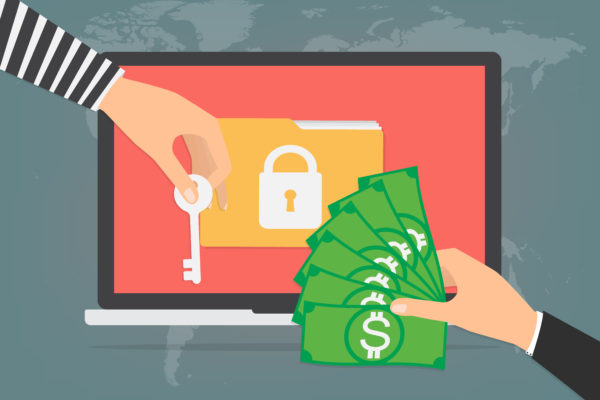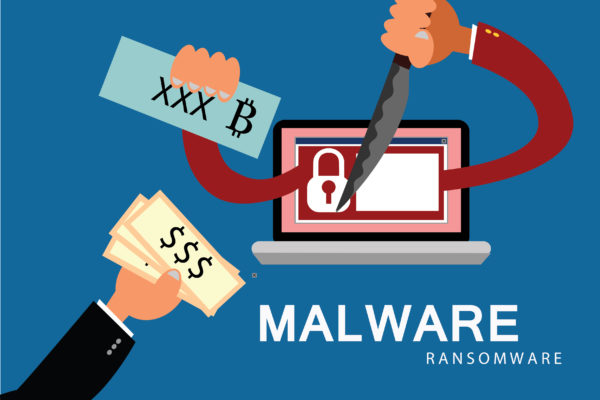The number of malicious software that was discovered in 2017 may have been considerably high, but that doesn’t change the fact that malicious software like malware, ransomware and computer viruses have been around for decades. It is, however, important to note that the rate at which these types of malicious software are being created and discovered is nothing short of alarming. You hear of a new variant of ransomware or malicious software coming out practically every week, and despite the number of decryption tools becoming available in the market, the threat of all of your data and important information being ‘held hostage for ransom’ is still just too real to ignore.
The Amnesia ransomware manifested itself as a major problem not too long after it was initially put on the back seat by simply being deemed as a minor threat. Once a free decryption tool was released early in 2017, people stopped giving Amnesia the importance that it deserved. Unfortunately, however, the comeback of the ransomware did manage to shock more than just a few people for the uncanny similarities it shared with the WannaCry ransomware.
Interested in learning more about Amnesia ransomware and what you should do if your files have become infected and encrypted? Read on for more details about the emergence of the Amnesia ransomware, how it spread, and how the ransomware made a comeback.
What is Amnesia Ransomware?
As mentioned earlier, there are quite a number of new malicious software and ransomware that are created and discovered at a regular basis – the numbers of which can’t even be counted any longer. While most of these software stop being considered as threats soon after they are discovered due to the availability of decryption tools, there are others that silently emerge at the surface and become the talk of the town in no time. One of these ransomware, Amnesia, recently took the digital world by storm and made a considerable impact in the technological sector.
Even though Amnesia was initially thought to be part of the Globee3 family by ransomware tools, it wasn’t long before this claim changed. Soon after the myth was busted, it was revealed that Amnesia was a completely new type of ransomware – the likes of which was rarely seen in the past. The fact that it was impossible to decrypt the files infected and encrypted by the Amnesia ransomware with the free decryption tools that were available in the market helped make a statement and claim as strong as that. In other words, it was not possible to decrypt the files that were affected by Amnesia without making payments.
How Did the Amnesia Ransomware Spread?
There wasn’t anything out of the norm that contributed to the spreading of the Amnesia ransomware. Much like the majority of malicious software and ransomware, Amnesia, too, spread in the form of email attachments. These attachments were generally in the form of zip or PDF files which have recently become quite normal.
Since researchers were eventually able to develop a solution that allowed users with infected and encrypted files and folders to regain access to their data without any payments, the amount of ransom that was required by the creators of the Amnesia ransomware are still unknown. One thing, however, is still for sure: the Amnesia ransomware, much like CryptoMix, had an encryption algorithm that was very different than the norm.
The Comeback of Amnesia Ransomware
Even though researchers had managed to deal with the initial threat of Amnesia ransomware by coming up with a tool for decryption of files that had become infected, the creators of the ransomware were still not done. Not long after the solution was released and made available to the masses, the Amnesia ransomware made a comeback despite the fact that similarities to the initial variant would result in nullification of the supposedly new and improved version of Amnesia.
The new variant of the Amnesia ransomware shared certain profound and significant similarities with WannaCry, the ransomware that took the entire world by storm. In fact, what was most surprising was the ransom note of the new variant of Amnesia that contributed to its comeback. Even though the developers of the new variant of Amnesia might have been aware of the tool that was developed to decrypt files without any payments, the ransom note of the Amnesia ransomware was copied almost word-to-word from that of WannaCry.
How Can Files Infected and Encrypted by the Amnesia Ransomware be Decrypted?
For assistance on file recovery, please contact MonsterCloud Cyber Security experts for a professional ransomware removal.



